Protecting the future of forests
Yackxeri Vela is a member of the Amazon Brazil nut association RONAP, one of the three organizations that joined the Madre de Dios Environmental Crime Monitoring Network.
They seek to conserve biodiversity and the well-being of millions of people in the face of threats such as illegal logging and mining.
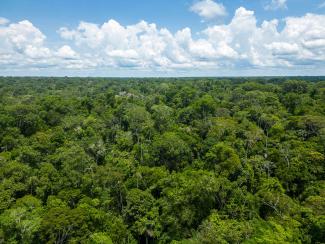
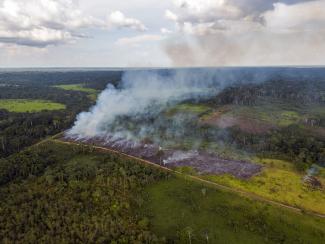
“My history and that of my family have always been linked to the forest.”
“I am the third generation of Amazon Brazil nut growers”, tells Yackxeri, daughter and granddaughter of Amazon Brazil nut dealers and head of the Forest Area of the Amazon Brazil Nut Collectors Association (RONAP).
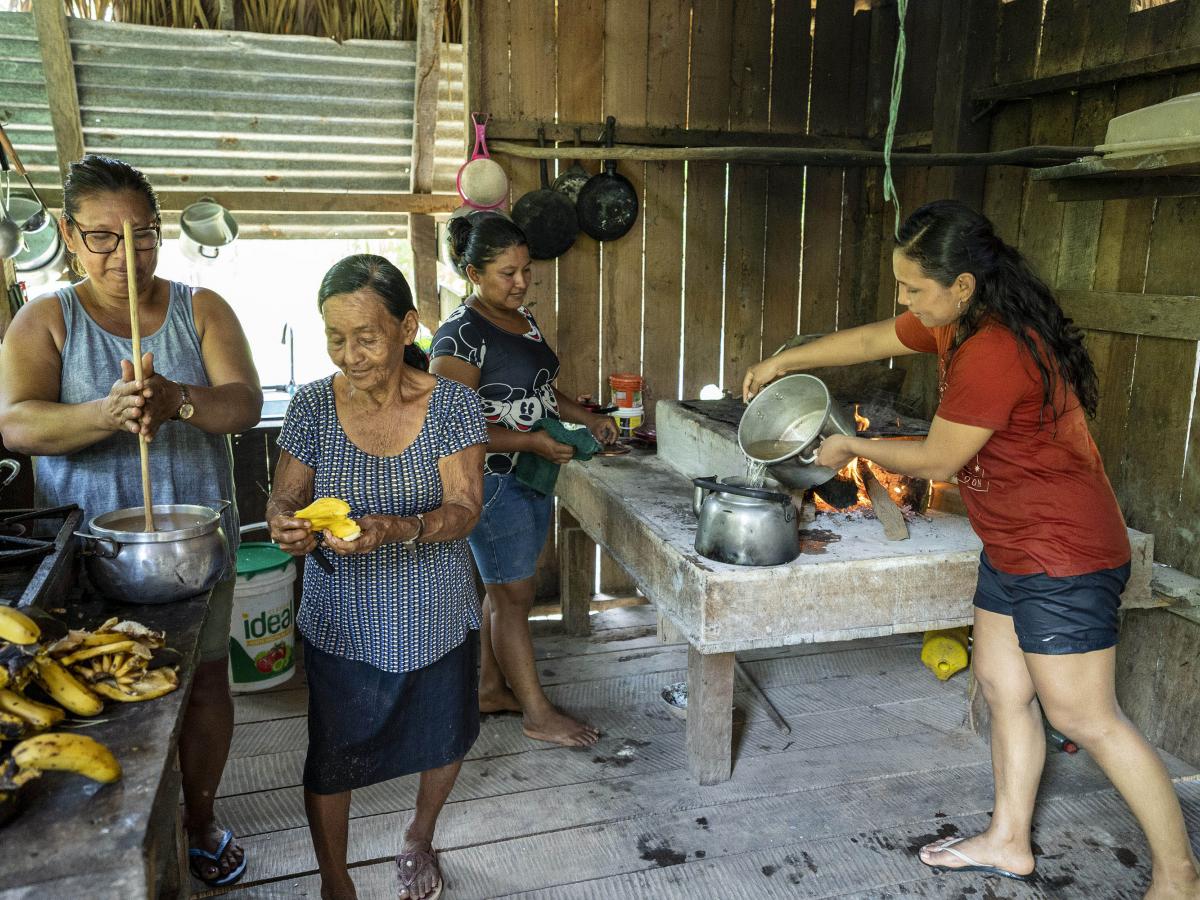
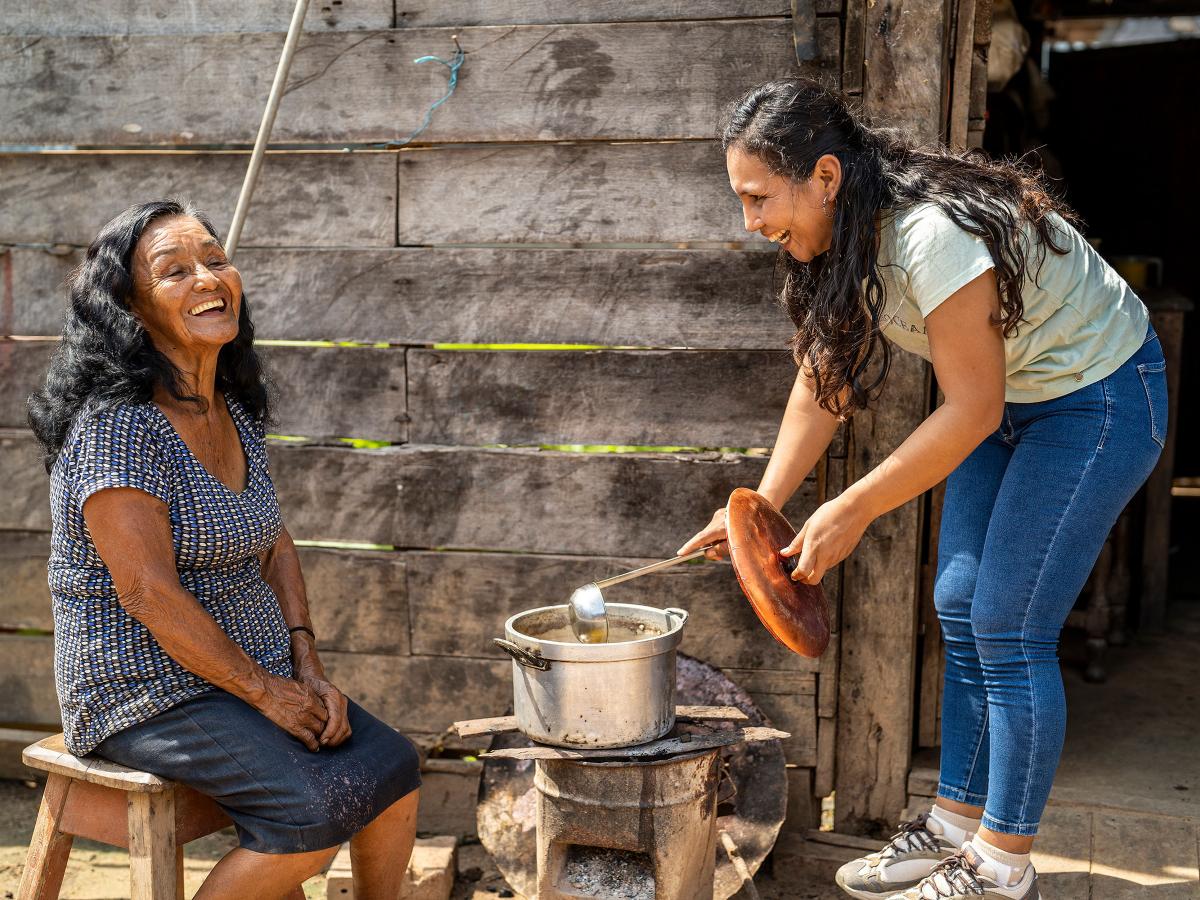
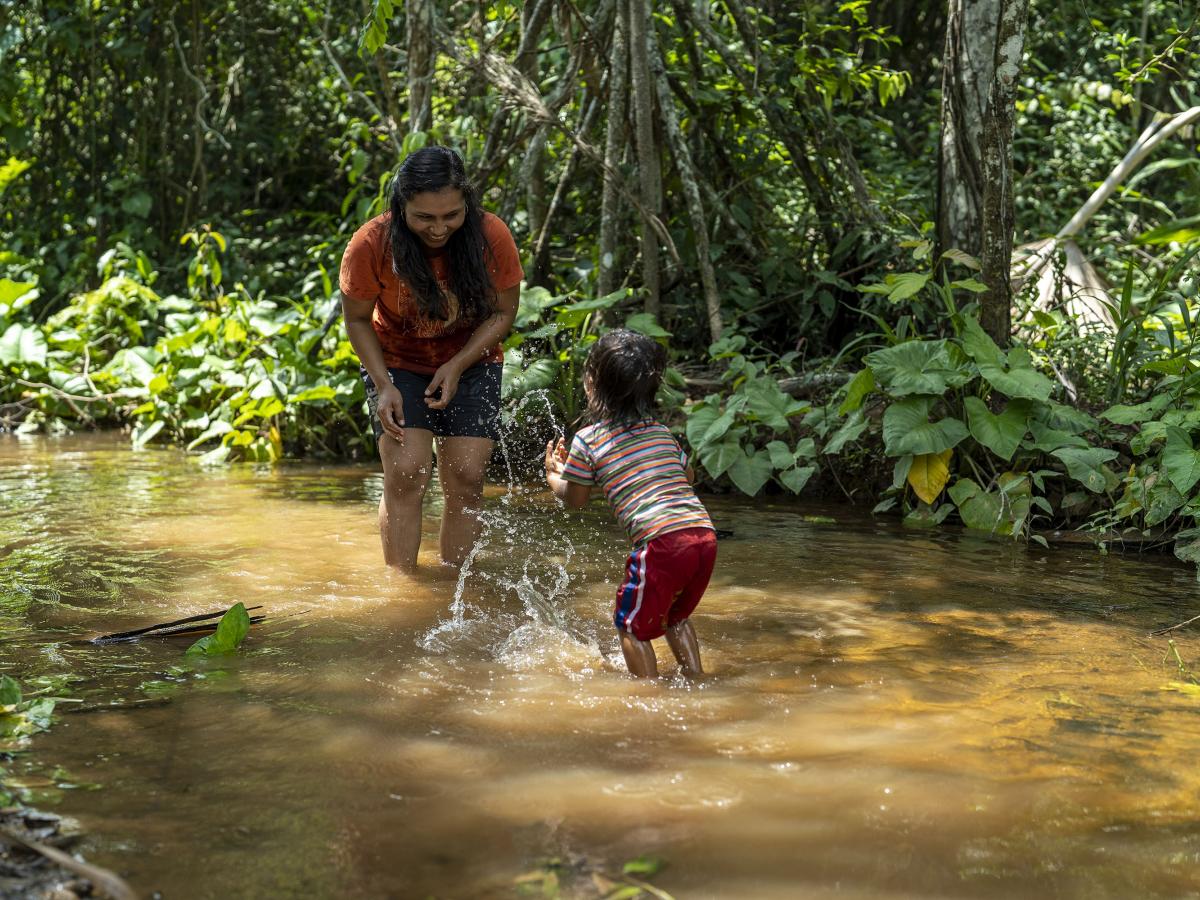
This association was created in 2003 in Tambopata to promote the sustainable collection, transformation and export of the Amazon Brazil nut. With 50 associates, its main objective is to conserve close to 44,000 hectares of forests in Madre de Dios, a department that is the main producer and exporter of Amazon Brazil nuts in Peru.
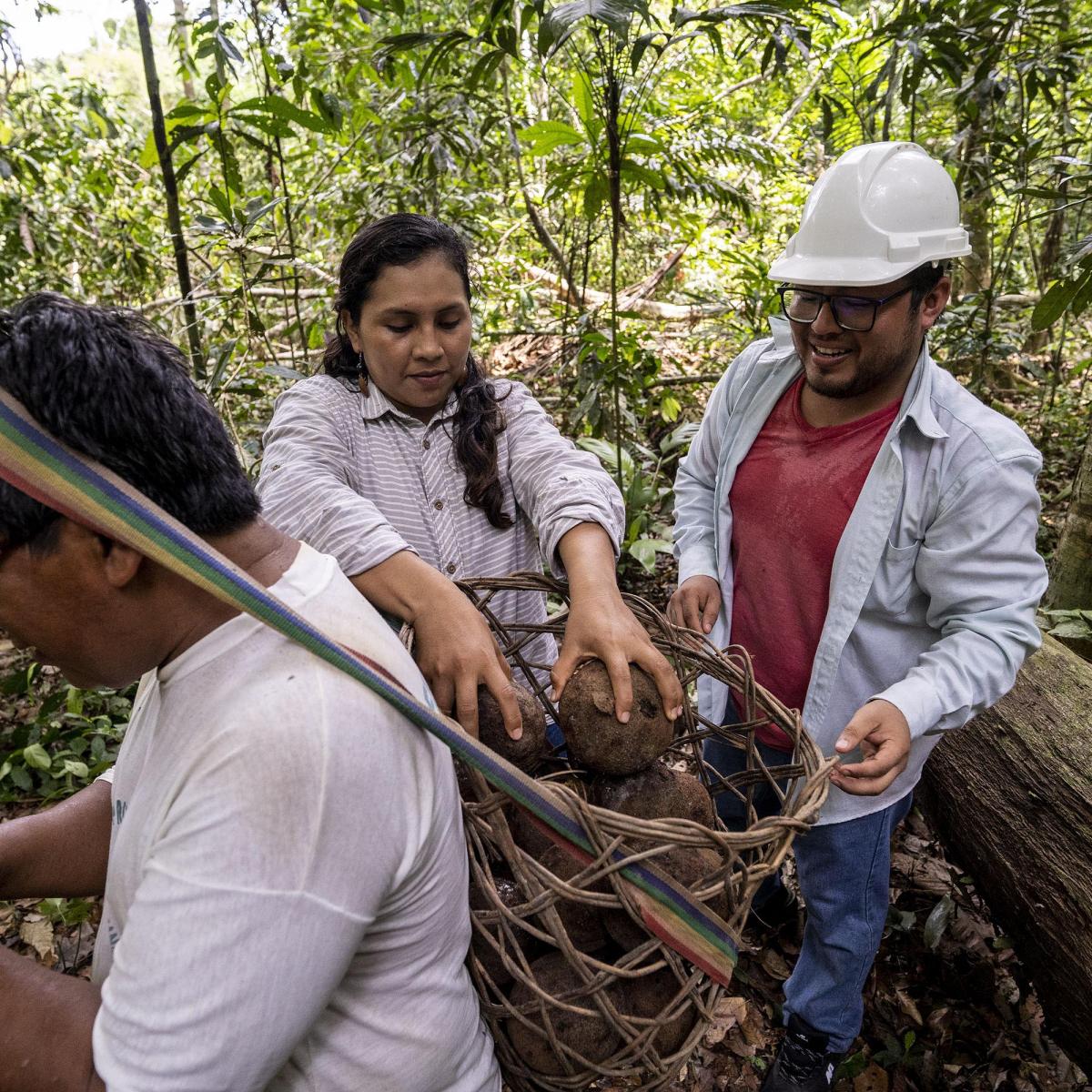
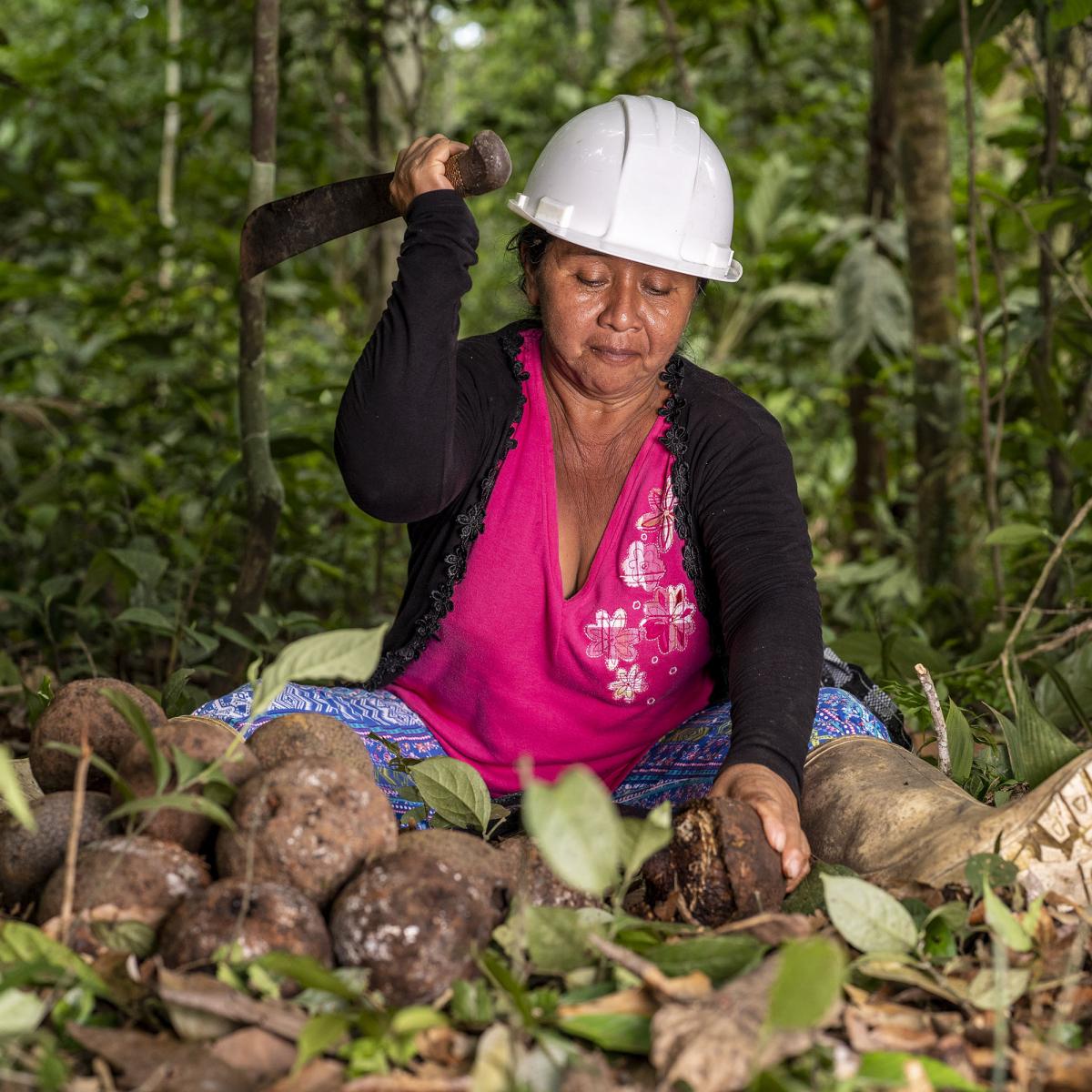
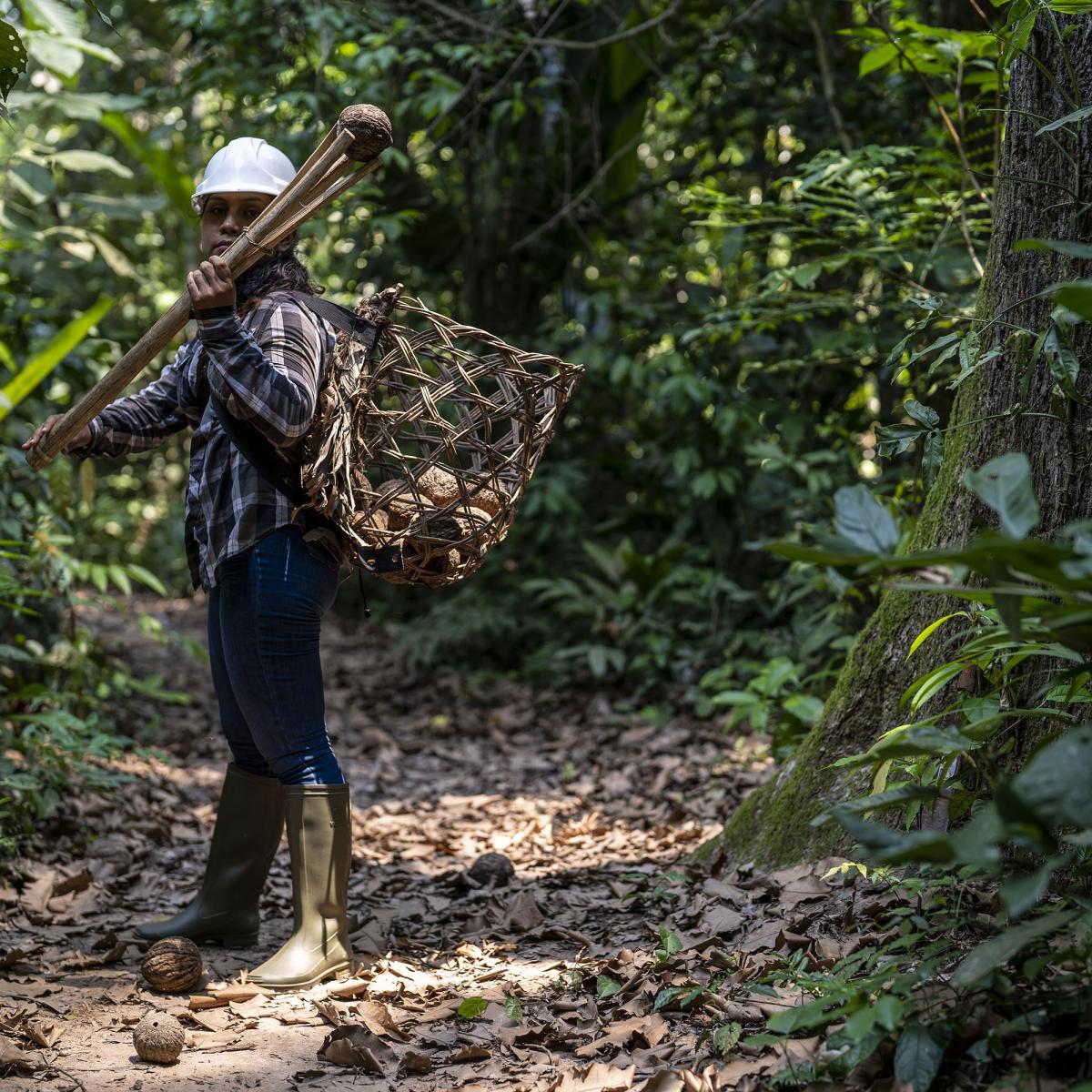
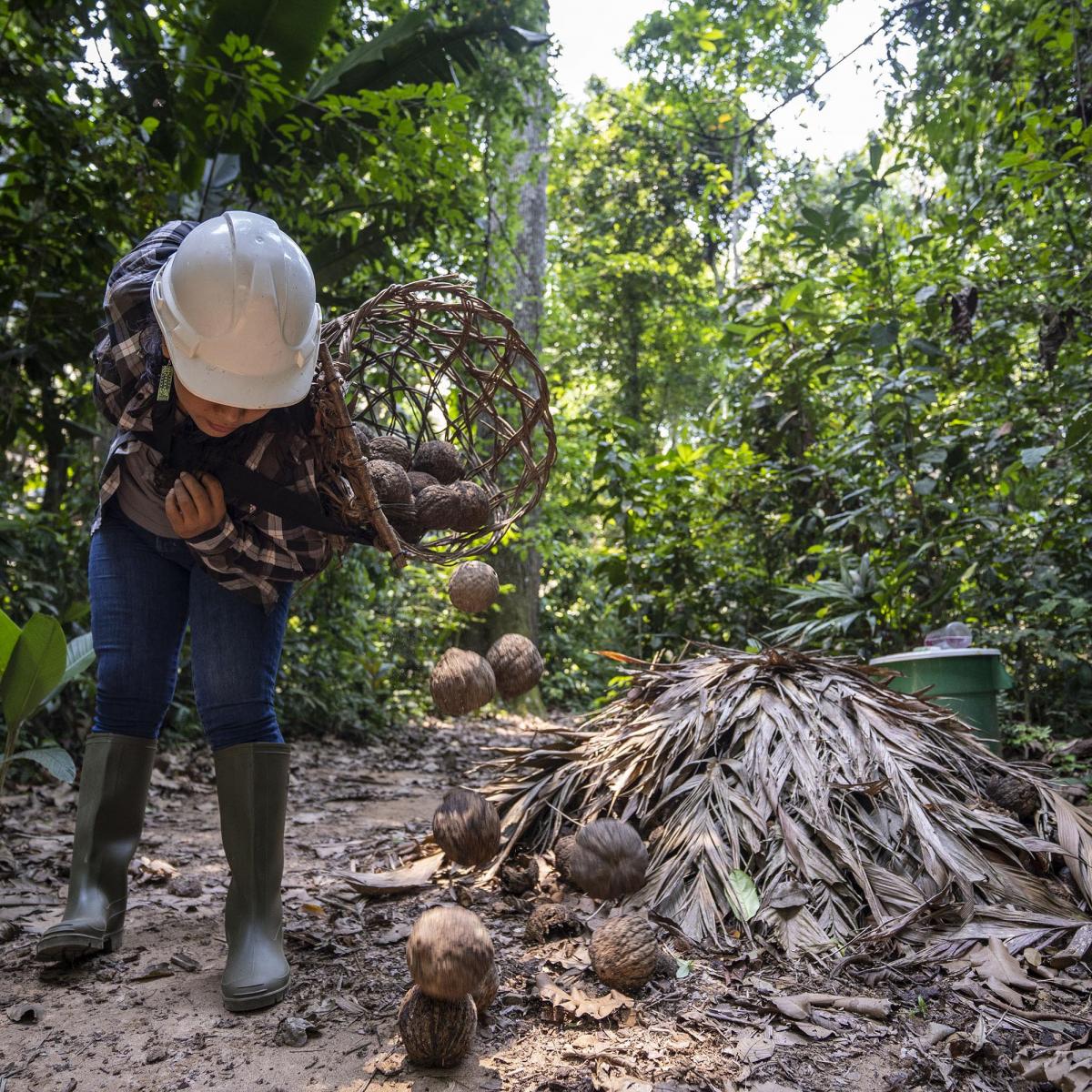
Amazon Brazil nut forests are unique in the world, and are only found on the border of Peru, Brazil and Bolivia. The trees exceed 50 meters in height and can live for approximately 1,000 years. Its fruits are coconuts between 10 and 15 centimeters in diameter, inside which Amazon Brazil nuts (their seeds) grow.
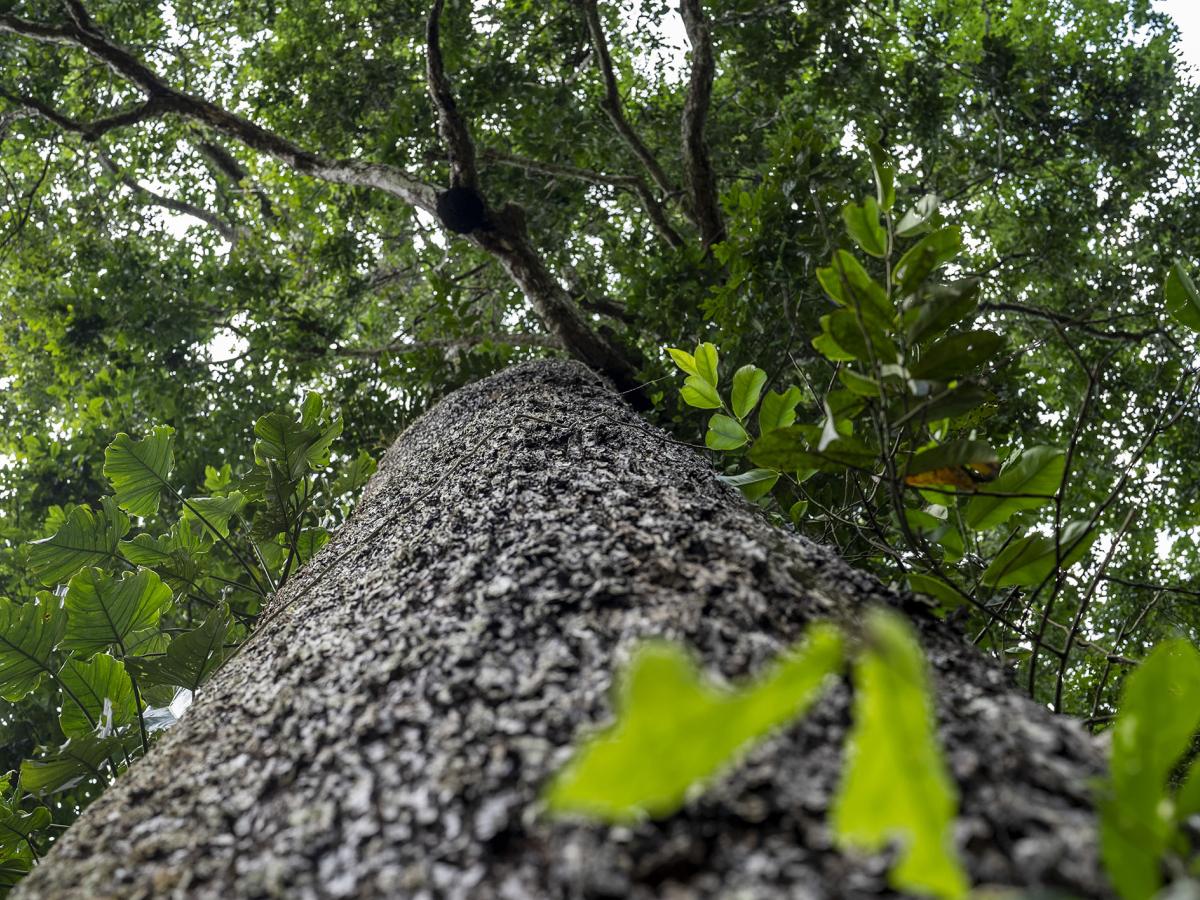
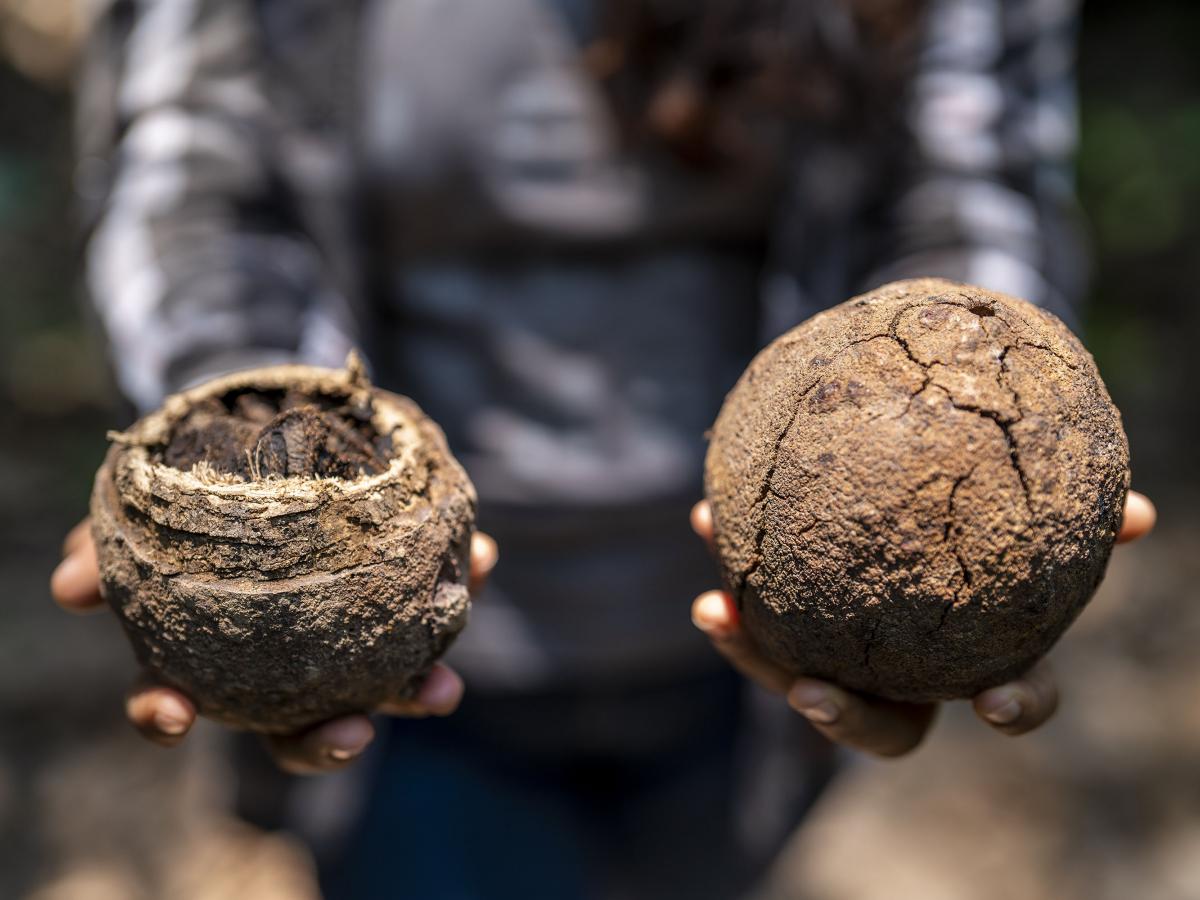
Its harvest is a tradition in the Peruvian Amazon, whose practice is sustainable, because it consists of collecting the coconuts that fall from the tree naturally, to later extract and process the Amazon Brazil nuts. Amazon Brazil nut forests not only generate jobs and income for hundreds of families, but also allow for the conservation of biodiversity and contribute to mitigating climate change.
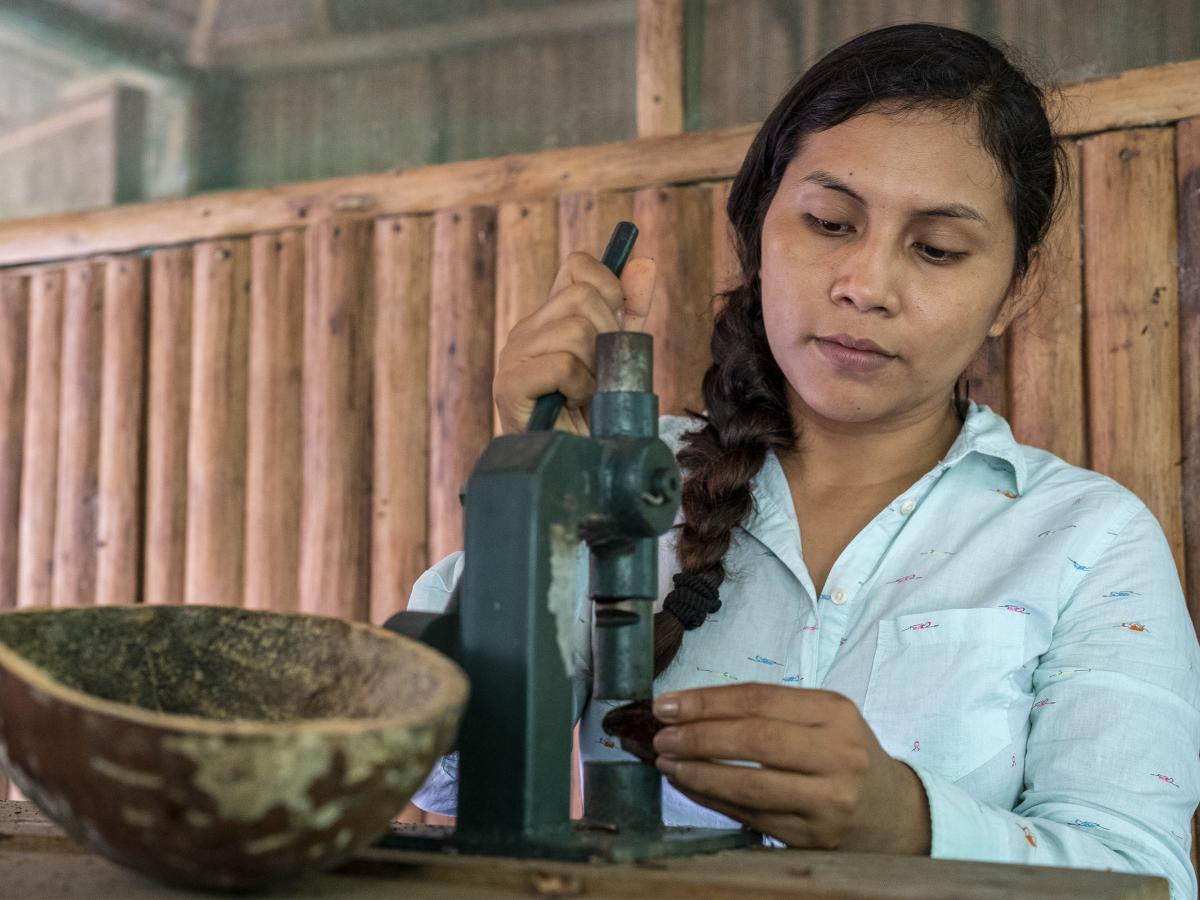
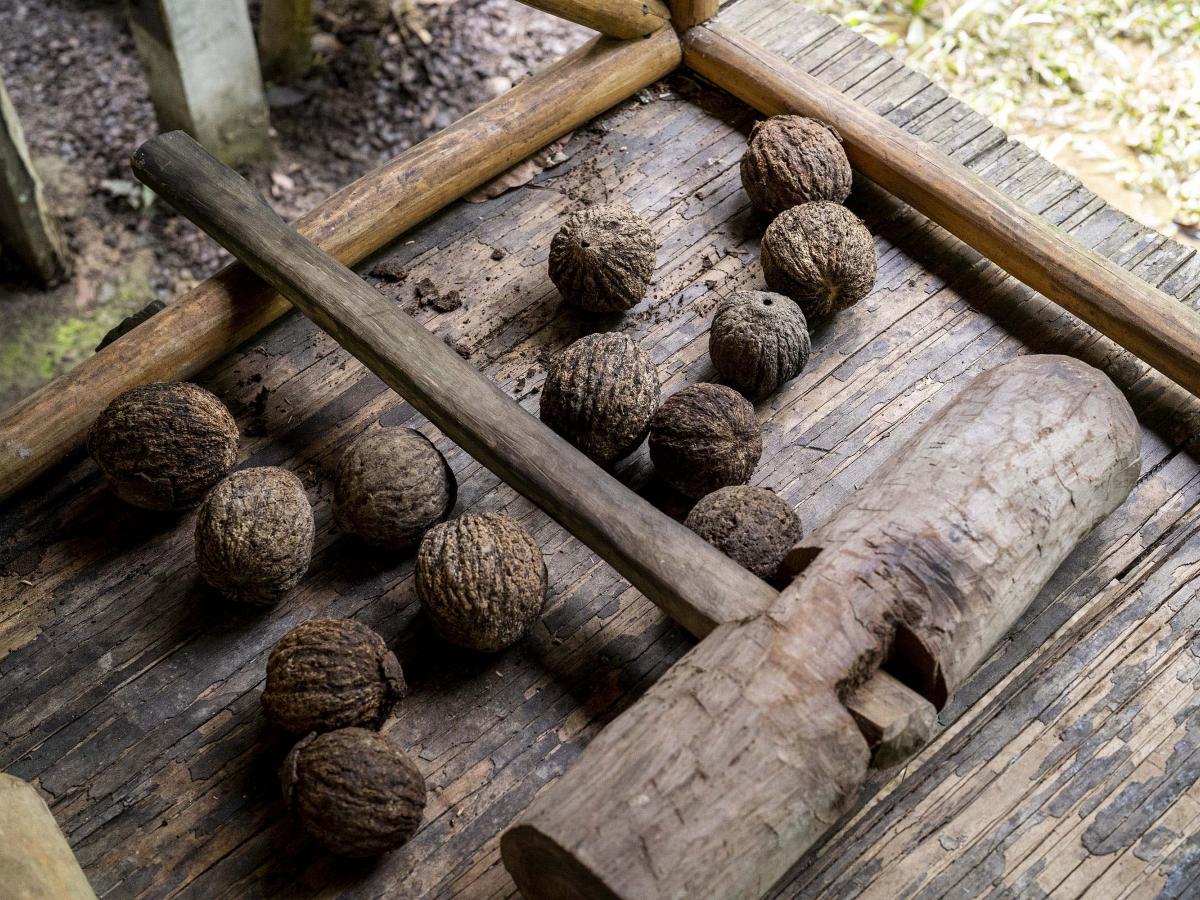
The harvest consists of collecting the coconuts that fall from the tree naturally, to later extract and process the Amazon Brazil nuts.
Unfortunately, in recent years, the concessions authorized to harvest the Amazon Brazil nut have been affected by threats such as illegal logging and mining. For this reason, in 2021, RONAP, the Association of Forest Concessionaires of Madre de Dios and the Management Committee of the Tambopata National Reserve joined forces to create the first Environmental Crime Monitoring Network of Madre de Dios. And for this they appeal to training in the use of technology, among other key actions.
Teamwork
“We handle early satellite alerts, we monitor, identify and report changes in the use of territory, invasions and other crimes. Thanks to USAID support, we consolidated the Environmental Crime Monitoring Network of Madre de Dios”, explains Yackxeri.
The network has come together to conserve forests and their properties, but also to generate more environmental awareness. For this reason, among their activities and goals they have prioritized how to preserve the rights and integrity of environmental defenders, and how to intervene in areas where they find illegal activities.
They also offer workshops on environmental education for children and young people. “This is very important because if we are not aware of how important the forest and nature are, we are not going to be aware of the consequences that this may have if we do not act now,” says Yackxeri.
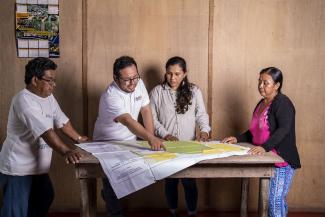
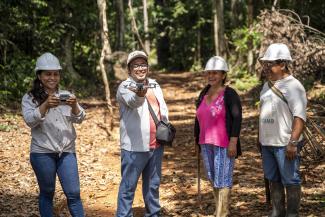
In addition, the network has approved internal rules and governance protocols, and an annual work plan, which includes preparing hazard maps and participating in various on-the-ground monitoring activities, with the assistance of USAID.
Besides, it has exchanged lessons and experiences with indigenous organizations and other cooperation projects to share their best practices for surveillance, reporting, and prevention of environmental crimes.
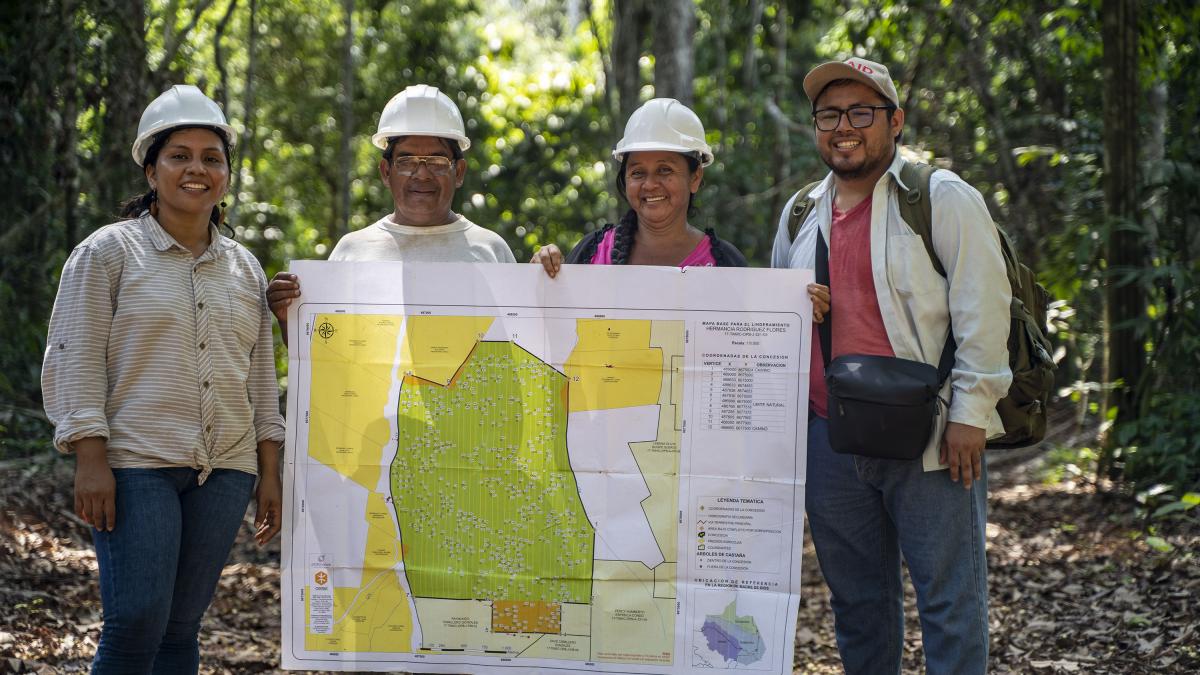
Technology for the forest
Another fundamental aspect of the network is that its members receive continuous training in the use of technological tools to monitor and report environmental crimes. These activities include licensed drone piloting training. The goal of the network is for 15 of its members to obtain a license to pilot drones and thus be able to formally file complaints.
The trainings also include learning how to use the Mi Bosque APP, developed by OSINFOR (Organism for the Supervision of Forest Resources and Wildlife), with USAID support, to promote timely reporting and monitoring of the use of forest resources.
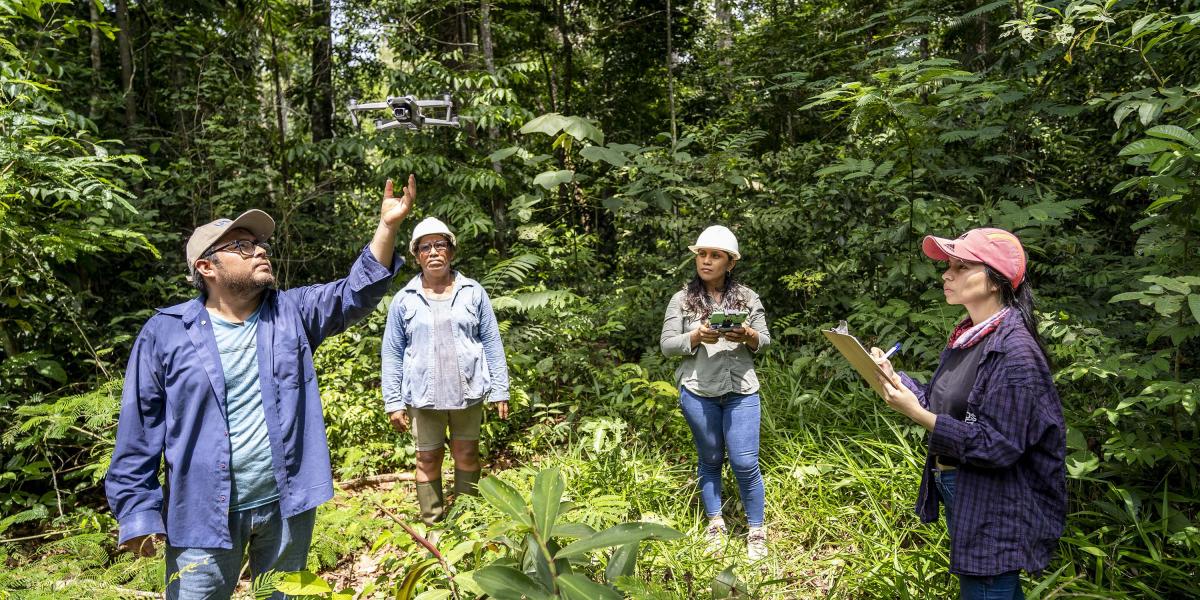

The future in our hands
“As a society, we must understand that the formation of ecosystems took the planet millions of years. Our generation must learn to respect and not get carried away by excessive consumerism.
The Amazon Brazil nut is not only an activity, it is a feeling that is allowed to grow, to live in happiness with the environment, seeing the species, listening to the music of the wind over the trees, gratefully accepting the gift of the forest”, Yackxeri tells us.
ABOUT THIS STORY
The Peruvian Amazon, one of the most biodiverse and culturally rich ecosystems in the world, is in danger. The environmental crimes such as illegal logging and mining and wildlife trafficking threaten biodiversity, forests and the lives of indigenous and local Amazonian peoples. Despite scientific and technological progress to address their causes, the environmental crimes continue.
USAID's Prevent Activity works with the Government of Peru, indigenous peoples, and civil society to address this complex scenario at both the national and subnational levels, with a geographic focus on Loreto, Madre de Dios, and Ucayali. The Project aims to improve the conditions to prevent and combat environmental crimes, reduce their occurrence in biodiversity rich areas, including indigenous lands, and build partnerships to mobilize resources to address these challenges.
ABOUT THE AUTHOR
Magali Ugarte is a Communications Specialist at USAID’s Mission in Peru.
Photos by Alfred Ruffner for USAID.


